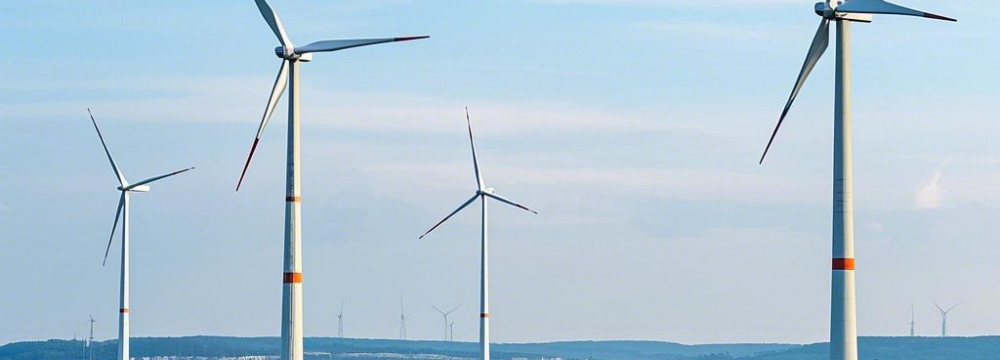An inverter is a power conversion device that can convert direct current (DC) to alternating current (AC), or vice versa. Inverters play an important role in power systems, solar power generation, uninterruptible power supplies (UPS), and electric vehicle charging.
Types of inverters
1. DC to AC inverter: The most common type, used to convert power from batteries or other DC power sources to AC for home or industrial use.
2. AC to DC inverter: Also known as a rectifier, it is usually used to convert AC power to DC for battery charging or direct power supply to DC devices.
3. Bidirectional inverter: Capable of two conversions, it can convert DC to AC and AC to DC, and is common in renewable energy systems and some high-end UPS systems.
Inverter output DC
The main function of an inverter is to output AC, but in some specific types of inverters, DC can also be output. For example:
1. Inverter with DC output: Some inverters are designed with an additional DC output port to directly power DC devices.
2. Battery inverter: In solar or wind power systems, inverters are usually used in conjunction with battery packs. In this case, the inverter can output DC power for battery charging.
3. Multifunctional inverter: Some advanced inverters integrate multiple power conversion functions, including DC output.

Communication function of inverter
The communication function of the inverter is an indispensable part of modern power system management. Its functions include:
1. Remote monitoring: Through the communication function, users can remotely monitor the status of the inverter, including output power, operating status, fault information, etc.
2. System control: The inverter can receive control signals through the communication interface to realize remote switching, output power adjustment and other operations.
3. Data recording: The inverter can record data on power production and consumption, and transmit it to a computer or other data recording device through the communication interface.
4. Smart grid integration: The communication function of the inverter enables it to connect to the smart grid system to realize demand response, peak and valley electricity price management and other functions.
5. Fault diagnosis: When the inverter fails, the communication function can transmit fault codes and status information to facilitate technicians to diagnose and repair.
6. Software update: The firmware of the inverter can be remotely updated through the communication interface to fix known problems or provide new functions.
Conclusion
Inverters can not only output AC power, but also provide DC power output according to design and application requirements. Its communication function is essential to realize the intelligent management of modern power systems, and can perform remote monitoring, system control, data logging, smart grid integration, fault diagnosis and software updates. The diversity of communication protocols and interfaces enables inverters to adapt to different industrial and power system needs.







